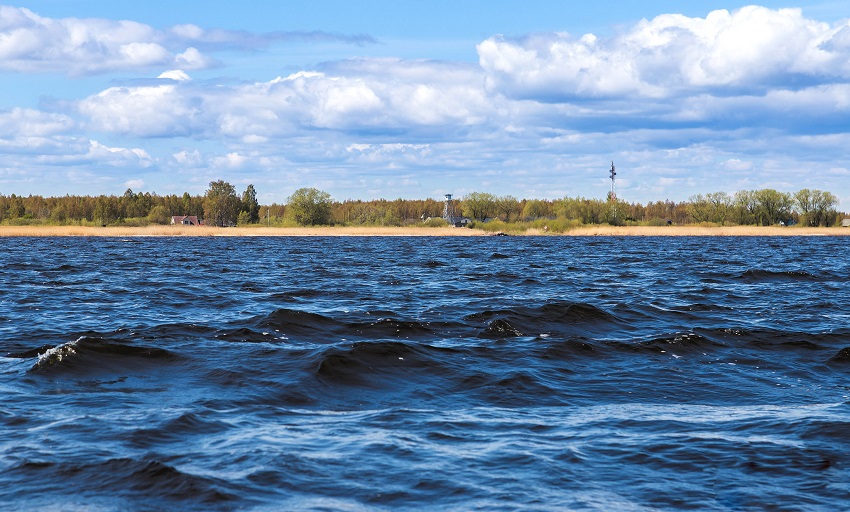The Estonian-Russian transboundary waters require close and practical cooperation

In 1995, Estonia acceded to the Convention on the Protection and Use of Transboundary Watercourses and International Lakes, adopted three years earlier in Helsinki. The purpose of the convention is to protect international lakes and transboundary waters from transboundary environmental impacts and pollution, and to reduce the negative effects of the latter. In addition, the agreement aims to introduce the principles of sustainable water management.
The Estonian-Russian transboundary waters require close and meaningful cooperation on the basis of international and bilateral agreements.
The main documents are:
- the 1992 Convention on the Protection and Use of Transboundary Watercourses and International Lakes;
- the 1999 Protocol on Water and Health to the Convention on the Protection and Use of Transboundary Watercourses and International Lakes;
- the 1997 agreement between the Government of the Republic of Estonia and the Government of the Russian Federation on cooperation in the protection and sustainable use of transboundary waters.
- the 1994 agreement between the Government of the Republic of Estonia and the Government of the Russian Federation on cooperation in the protection and exploitation of fishery resources in lakes Peipsi, Lämmi and Pihkva.
In organising cooperation on transboundary water bodies, Estonia primarily follows the requirements of the European Union’s Water Framework Directive (Directive 2000/60/EC of the European Parliament and of the Council). However, in the case of cooperation with Russia, it must be borne in mind that, although the Russian side recognises the Water Framework Directive as a good guiding document, it is not binding for Russia. At the same time, the main objectives of water policy are the same on the Estonian and Russian sides – to achieve the good status of water bodies.
An important agreement on the protection of inland waters is also the Ramsar Convention, which aims to protect the world’s wetlands that are threatened with destruction due to drainage, pollution, and economic exploitation. According to the definition of the convention, in addition to mires and peatlands, wetlands include water bodies (both stagnant water bodies and watercourses, and fresh, brackish, as well as sea waters).
Last modified: 20.06.2022